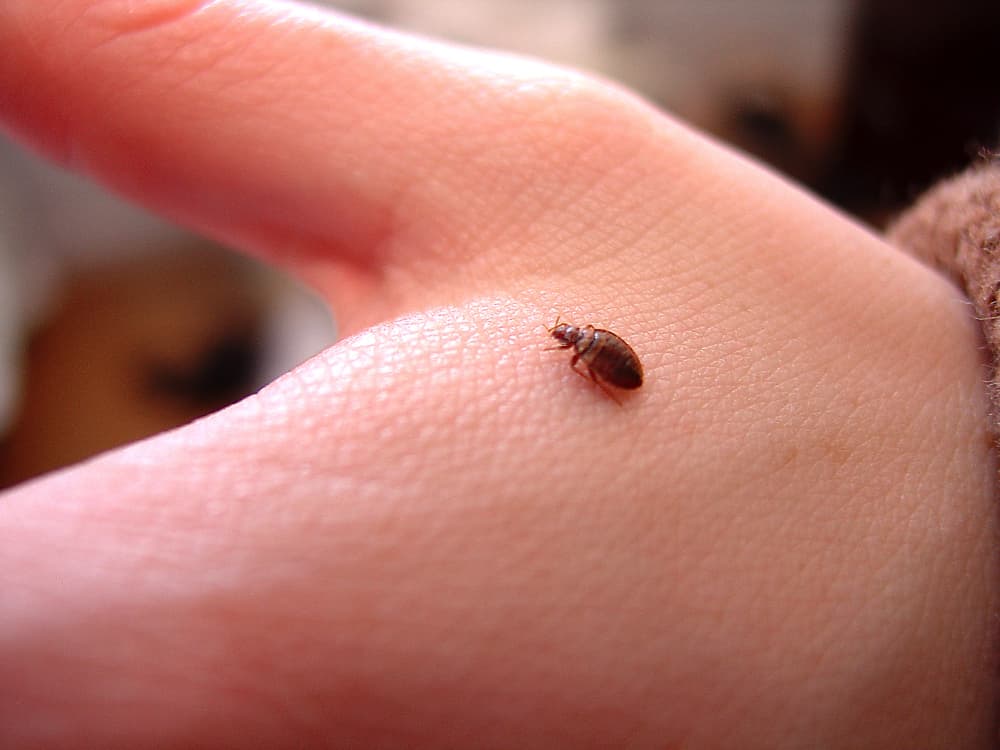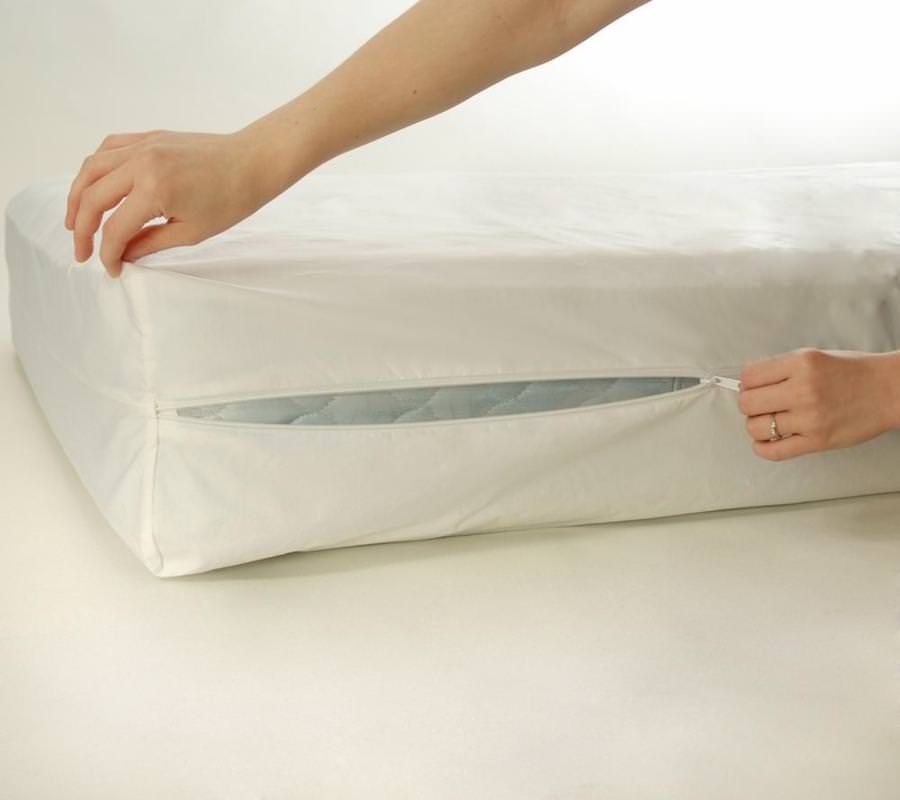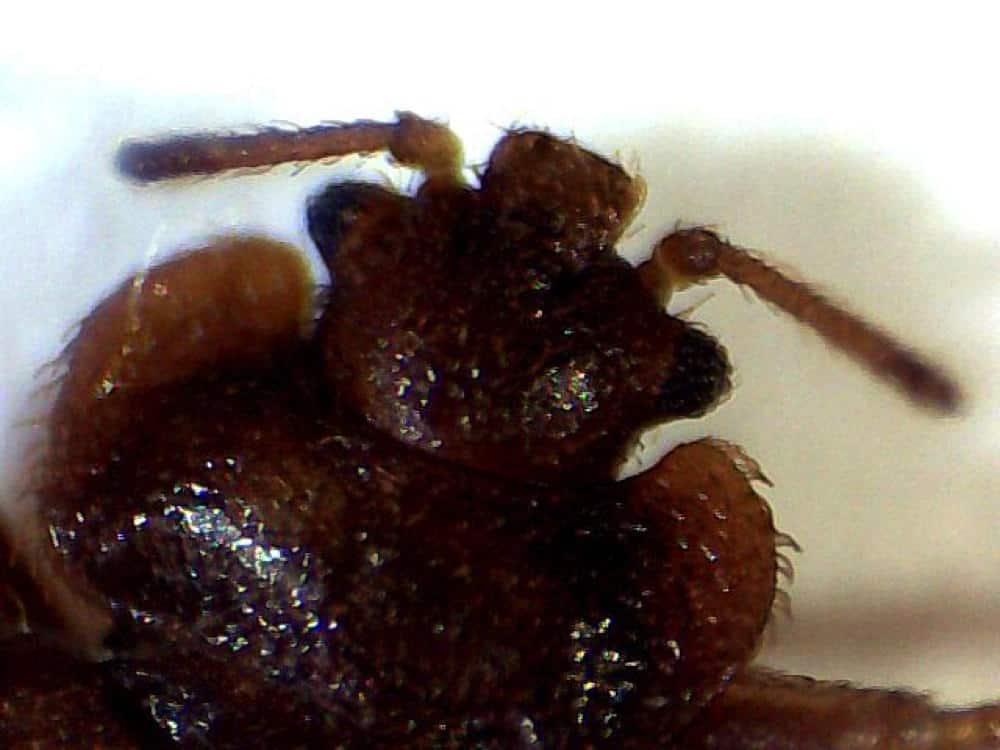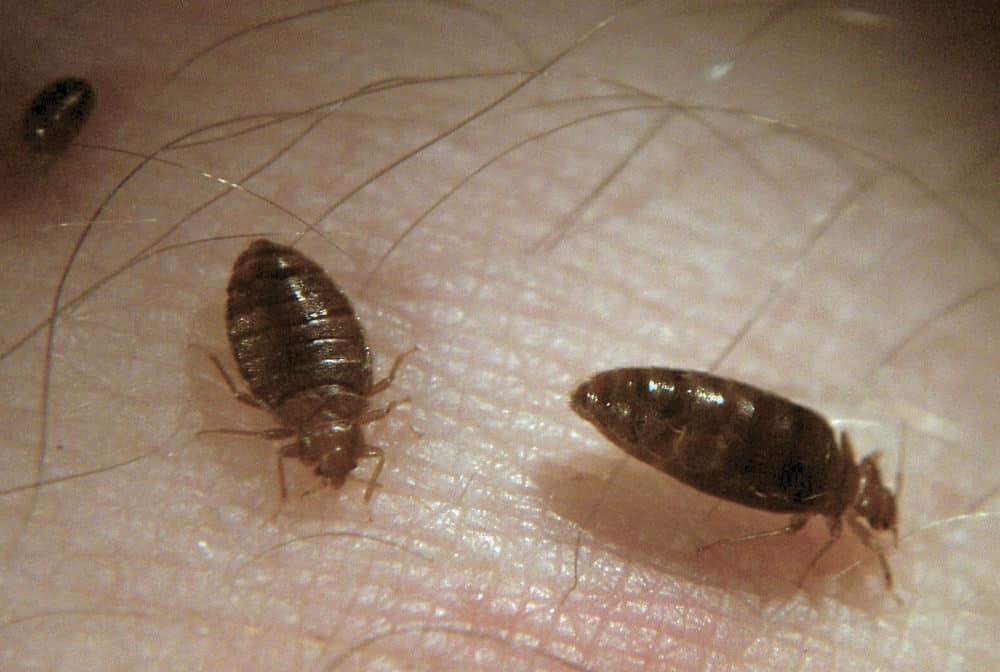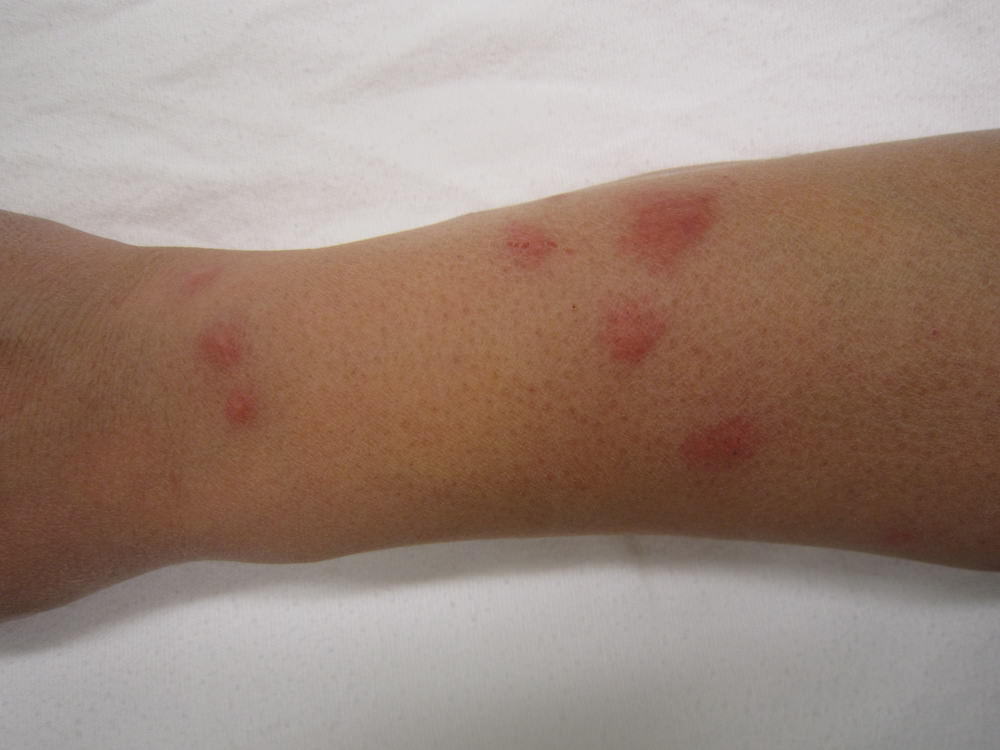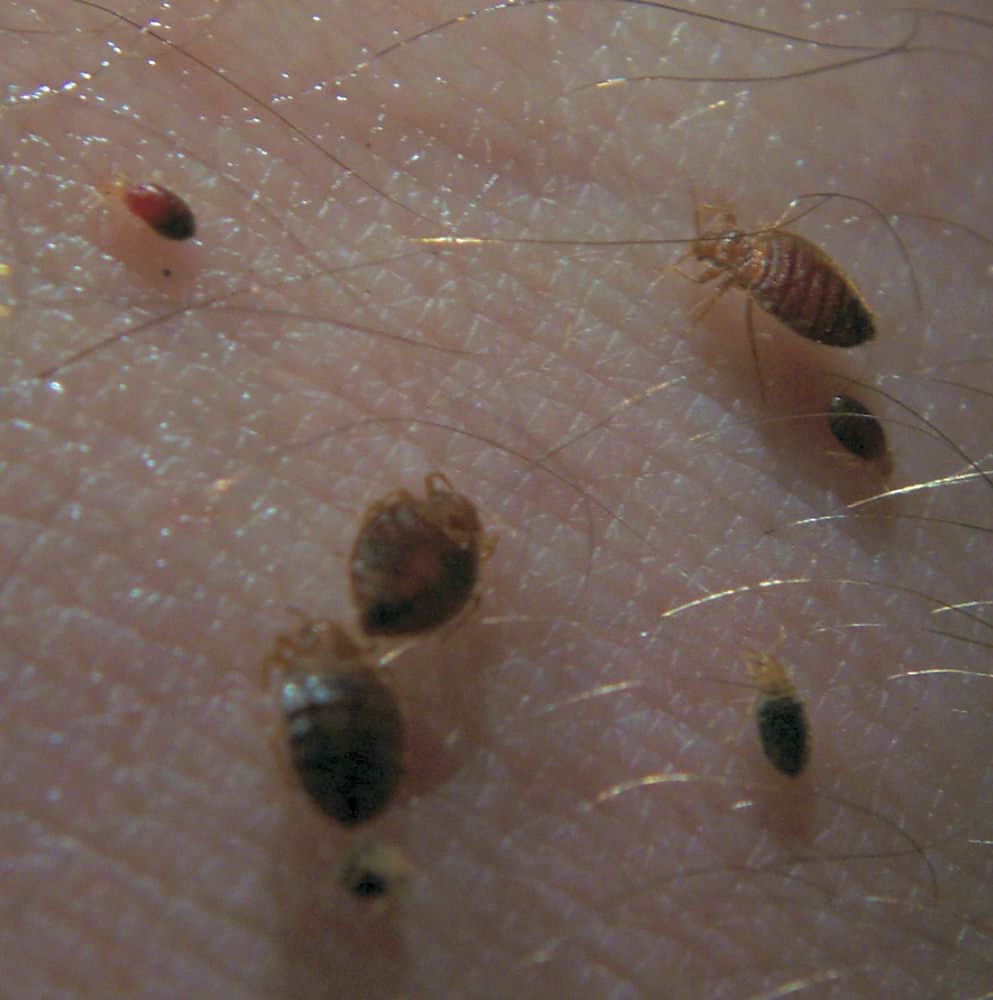How Long Can Bed Bugs Live Without Air and Oxygen?
You may not know where to begin when it comes to dealing with a bed bug problem at home. There are many different methods that you may want to try, but not all of them are successful. One particular recommendation that can be found across the internet is sealing infested items in airtight bags.
This is suggested as a way to both contain the bed bugs and suffocate them. However, you may be wondering how successful this method is. Let’s get into the details below.
Can Bed Bugs Survive Without Oxygen?
Like most creatures, the quick answer is “no, bed bugs cannot survive without oxygen.” Studies show that they will suffocate without oxygen and can die within a week. However, this may not be the most practical solution for you, depending on the nature of your problem.
In order to successfully suffocate bed bugs, they need to be sealed within an airtight bag or container. This can be increasingly difficult with most pieces of furniture. It will not be easy to find an airtight bag large enough for such a task.
With that said, it may be a viable option for smaller items like clothing or electronic devices. These can easily be placed into bags that you may already have at home. Ensure that bags are sealed properly to prevent any bugs from escaping.

When it comes to treating a mattress, there are specialized covers available that work in a similar way to sealable bags. Anti bed bug mattress cases can be purchased online as well.
How to Kill Bed Bugs Faster
Suffocating bed bugs may seem to be an appealing option, especially if you were hoping to stay away from chemicals. However, having to wait up to seven days for results can be difficult. There are a number of things you can do to speed up the process and guarantee results.
Temperature-Based Treatments
Bed bugs are very sensitive when it comes to temperature. If things get too hot or too cold, they won’t last very long. You can use this to your advantage when trying to deal with a bed bug infestation.
The most effective method would be to increase the temperature. Bed bugs will not survive temperatures exceeding 118 degrees Fahrenheit. Especially when this temperature is maintained for at least 20 minutes.
Professional pest control companies offer heat treatments to help defeat bed bugs by using industrial-sized heaters to raise the temperature inside your home. The bed bugs won’t survive, however, the treatment needs to be longer to target eggs. If you’d rather not pay for professional heat treatment services, special bed bug heaters can also be purchased and effectively used to kill bed bugs and eggs.
My favorite way to heat household items to a temperature that is sure to kill all bed bugs and eggs without needing to purchase expensive pest control heat treatment is to use a ZappBug Heater, which is specially designed to kill all stages in the bed bug life cycle.
Simply place infested items into the ZappBug heater and it will automatically reach the all-important bed bug killing temperature, so you can be sure the items come out all-clear.
Large and small versions are also available.
Bed bug eggs must be exposed to high temperatures for at least 90 minutes in order to die. It is best to consult a professional if you are hoping to use heat to target bed bugs. Heating things up will solve the problem faster than suffocation at room temperature.
It is important to note that some heat treatments may damage your belongings. You must discuss any worries you have about delicate or expensive furniture in your home with your pest control company. They will be able to give you advice about whether a heat treatment is a realistic option and if it will cause any damage.
If you were hoping to freeze bed bugs to death, you may also find success. However, these pests must be exposed to zero degrees Fahrenheit for at least four days. When using a freezer to kill bed bugs, it is essential that they are sealed in an airtight bag or container.
This not only helps to speed up the process by reducing the oxygen supply, but also prevents the bugs from escaping.
Use a Vacuum
As these creatures cannot survive long without oxygen, using a vacuum can speed things up. Try using vacuum pack bags and then remove as much of the oxygen as possible. Without no oxygen at all, adults and eggs will not survive for more than about 12 hours.
When it comes to choosing a vacuum in your fight against an infestation, you need a product that can be reliable, and one that is powerful enough to create secure suction deep within fabric and carpet fibers. And remember; it’s imperative you choose a vacuum that’s installed with a HEPA filter to ensure it’s impossible for insects to escape once captured.
My personal favorite for this sort of job is the medium-priced Shark Navigator Upright Vacuum, which easily ticks all of the boxes I’ve just mentioned, as well as being lightweight and easily maneuverable.
If you are worried about damaging something by exposing it to high or low temperatures, vacuuming will help. For example, you can try this method on delicate clothing garments or electronic devices. It may be difficult to find bags big enough for larger devices. If that is the case, consult a pest control expert. They could have the resources to provide an effective treatment for your specific circumstances.

